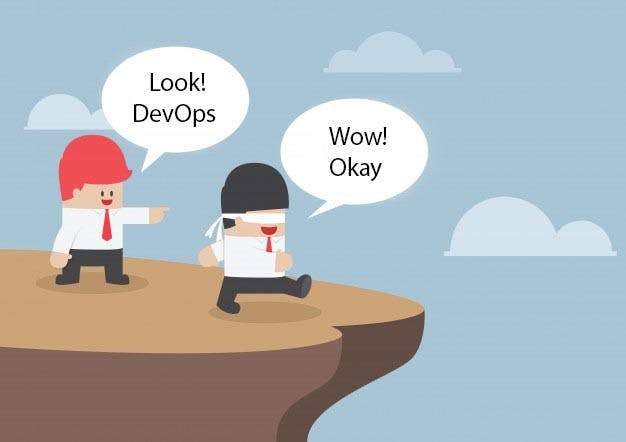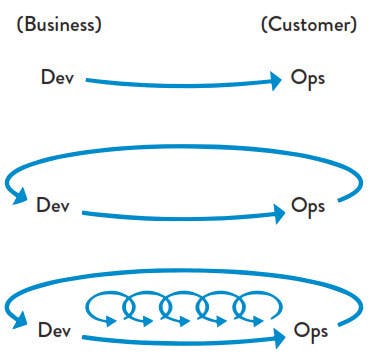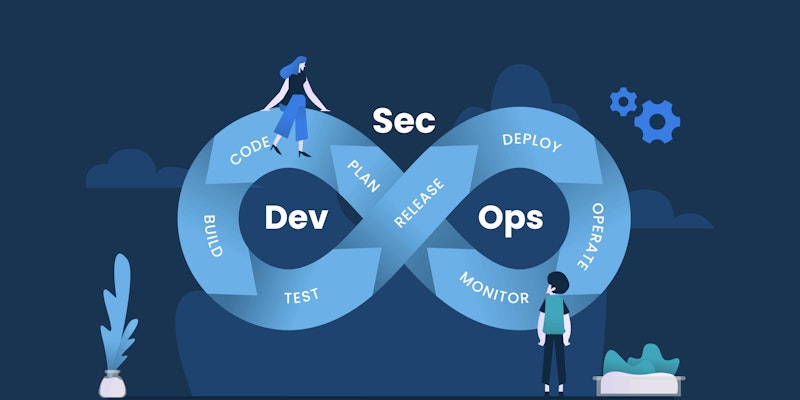
You can always stop for a while and think about why I can't achieve my goals, step back and redo something that went wrong. BUT! You can also learn from the mistakes of others and prevent some painfully typical blunders.
In the case of the DevOps concept, the problem roots deeply in the misunderstanding of the idea and its further misleading distribution. This term is overgrown with false connotations and specialists just can't clear out what it is and what it is NOT.
You probably heard a lot from industry leaders about DevOps patterns and best cases, and if you want to eliminate the mistakes made by someone else - you need to uncover main anti-patterns in DevOps. Surely, there is no "cookie-cutter" solution that fits all companies but these same old pitfalls can be found under the hood of each company.
In this article, we talk about TOP-12 anti-patterns of DevOps methodology you should take heed of.

















